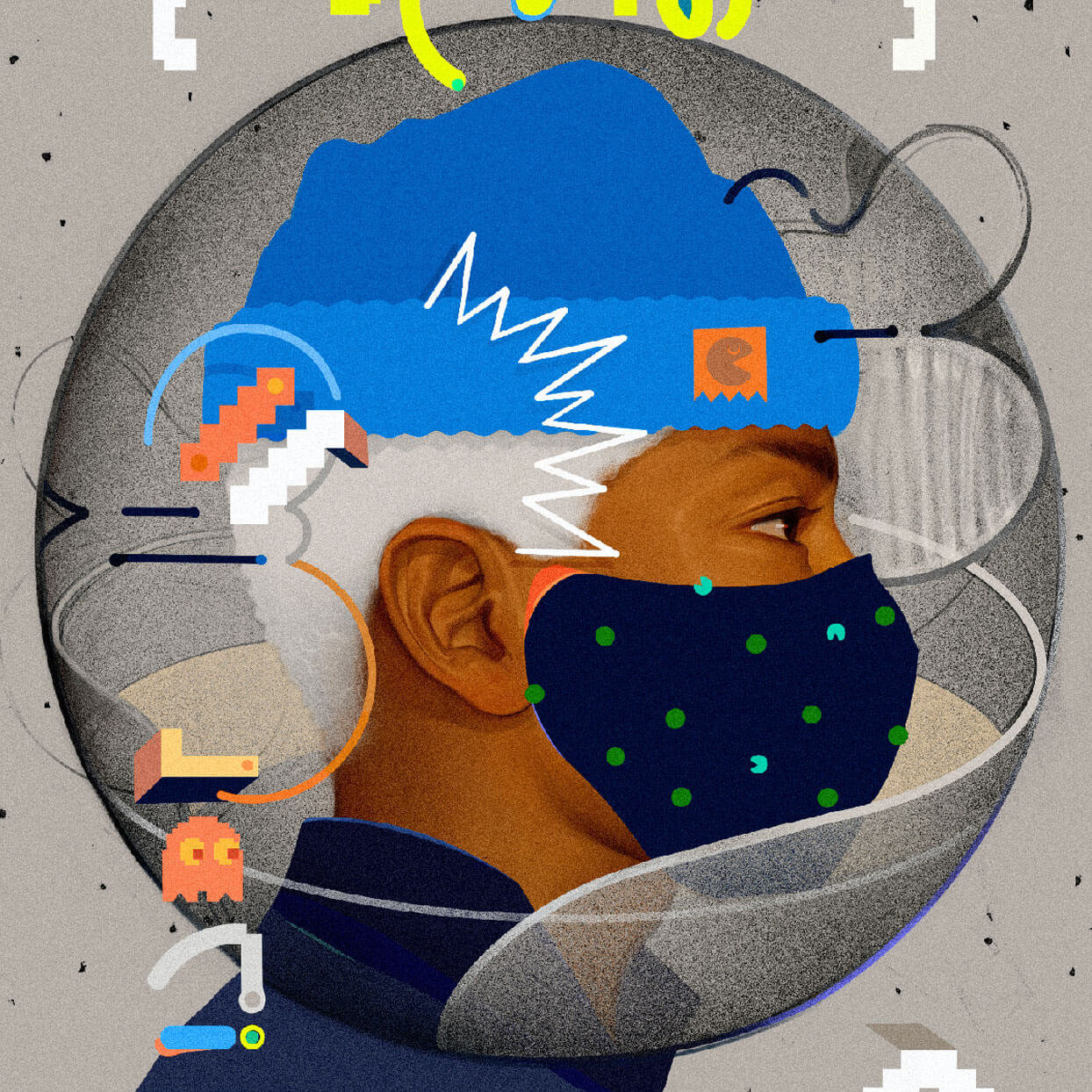Written by Tom Street, Associate Digital Creative Director at krow
The future of digital design
Many of our lives are now run by digital ‘stuff’. So much so that our digital footprint is probably far bigger than we might like to admit. But what does this mean for digital design? How is this relatively new creative discipline likely to evolve?
The world we live in
Today, we tell our devices pretty much everything about ourselves. They listen, learn, control and, lately, imitate our human behaviours. I think that, considering the current tech market, and because we are beginning to use our own voices so much more, the remit of digital designers will depart slowly from traditional screen-based designs over the coming years. We are adaptable thinkers and shouldn’t be scared to ‘design’ words, journeys and more tactile experiences. This is where the world is heading.
Think about simple journeys more
For me, being a digital designer in today’s world is exciting. Take conversational user interfaces (CUI), for example. We almost have to design the words and reactions themselves alongside the paths a user goes down. There simply are no pixels to this ‘design’, but the same design thinking is at its core. This is already happening, and I cannot wait to start working in this way more often.
Look at the latest release in the Black Mirror saga, Bandersnatch. The idea is simple enough – you watch the movie and at certain points you’re given a few seconds to choose an action which determines what you view next. The thing that throws me is the real lack of a straightforward user journey – something that happens in other digital products too often. How many Chatbots send you down the wrong path or simply to a ‘please call us on this number’ endgame?
The user should always know where they’re heading and it’s our job to make that as quick and intuitive as possible. With Bandersnatch, I watched the end credits twice before I had actually ended the movie. That’s bizarre, even if you do consider it ‘artistic’. A random mix of segments from a mixed and messed up journey. The information architecture for any digital product needs to work seamlessly, and the UX surely should be respectful of time.
Design conversations and reactions
Considering ‘voice’ as a design element is a powerful idea, and it isn’t a new one. With voice tech gaining traction, it’s sure to prove big for 2019. Unfortunately, I still consider this something of a fad and imagine its success will be similar to the rise – and now ongoing fall – of VR. To avoid this, voice commands must become more fluent and conversational. People still like the ‘impression’ of talking to real people because of the micro-reactions and acknowledgements that reassure us. It’s essential that the AI experience feel natural in order for it to succeed, no matter the person talking to it.
Another big challenge voice commands face (and why it’s had such a large abandonment rate) is the fact that the current solution, typing, is already intrinsically personal. It’s private, relatively silent and quick – can that ever really be replaced? I think until voice commands become more personal and ALL users feel okay with talking out loud to a device, it will lose out to pressing buttons. All that said, it really excites me, and I’ll happily say out loud that I’m one of around 6% currently using it.
Be a simplistic thinker moving forward
One of my biggest frustrations of late is when digital design, whether that be for apps, websites, emails or whatever, is almost designed at face value. Social has exploded in the last couple of years with beautiful UI design examples. Take Dribbble, Muzli and siteInspire for example, or simply search ‘digital design’ on Instagram. It’s a creative field day but so few of these stylish designs are in any way true to the ethos of the brand they represent. It’s especially important for graduates to realise the most attractive, groundbreaking visual design doesn’t mean it’s the best.
For me, sometimes the most radical design can be the simplest. Ensuring digital is easy to perceive or understand so often gets overlooked, but in my mind it’s plain that gets noticed in the end. Plain is good. Thinking in this way is no doubt down to my dyslexia, which so often is seen as a weakness but is almost definitely one of my biggest strengths. I love making outrageously complex things manageable and understandable, by breaking them down into manageable chunks and not showing everything at once. Which, when you think about it, is the same thinking for any digital solution. The skill to prioritise content in this way is key to digital, data and graphic design as a whole.
In summary…
I think by 2025 we will see a dramatic fall in the need for our physical screens. In my mind, solutions that are attached to more human traits such as speech and listening, touch and movement or smell and taste will far exceed something that’s foreign to natural human behaviour, such as staring at a monitor. This is food for thought and a leap away from the world we live in at the moment. But you’ve seen how far we’ve come in the last 20 years. I don’t see us slowing down anytime soon.
What else is going on

Nearing the new normal – consumer behaviour in the post-pandemic landscape
Written by Kevin Doutzenberg, Account Manager at krow
Find out more
Headless Content Management Systems
How your Digital Ecosystem could benefit From using Headless CMS
Find out more
